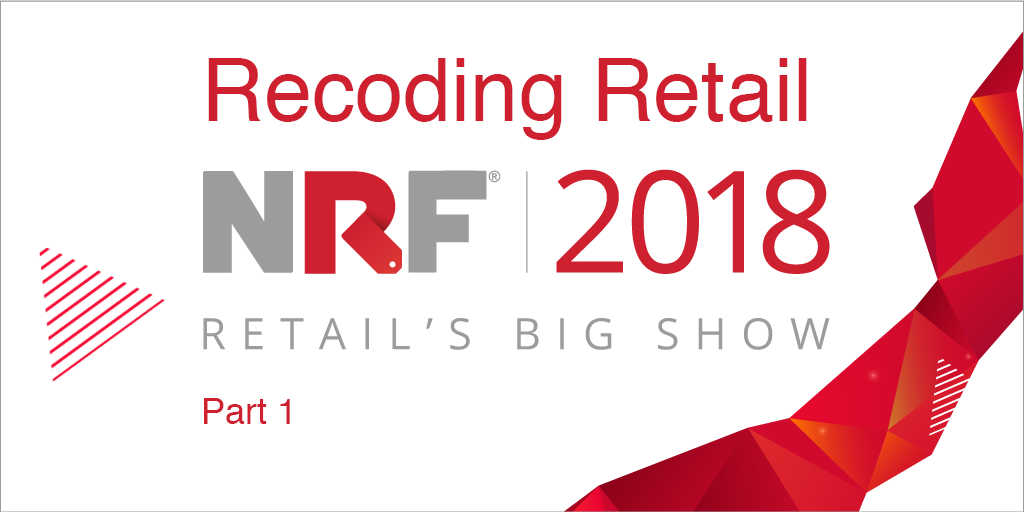After a year of watching some of the largest names in retail fall, stores closing nationwide, NRF gave me a sense of relief that the change (and solutions) necessary to adapt to the new normal is here. The problem remains, as it always has, of where to start. Today, let’s recode our approach to retail beginning where it really matters — your frontline associate. I’m going to break down some of the key trends, my top three starting points for retail transformation and call out a couple key offerings we saw that really stood out from the pack.
Your employees define your brand.
Amazon has broken the mold of what it means to be engaged by a brand. Hiring practices, customer engagement strategies and merchandising practices in many cases haven’t been updated in years, if not decades. It’s easy to drift towards shelf-scanning sensors and store-based camera technology for client identification, especially with Amazon’s recent store opening announcement with shopping sans cashier. But when examining your culture, and how to keep your customers dialed in to your retail experience, don’t get caught up in too much flashy technology. Remember, no matter how good your tech-stack is, it’s your people that need to execute it.
Consider this scenario: you deploy an entry-way and store-wide clienteling solution to help identify key customers and track their movements throughout the store. How long did they spend on your accessory wall? Did they return to any item during their in-store visit? All of this data can be incredibly valuable. You need to identify personas, buying trends and traffic patterns by store and region.
The million-dollar question is (literally), how actionable is that data to your people? It’s wonderful to have these data-points but unless you can supply that to each store associate, help them digest it while the customer is in the store, and help them access the assets they need to support that dialogue — even if they know nothing about the product the customer is interested in — you’ve already lost. You can’t rely on your store leadership to digest that for them in that split second it matters. They need to be able to do it all on their own.
OK, so you’re probably sitting there thinking “we’ll get them next time — that’s what this data is for: to identify the customer types of who’s shopping today so we can train our people to be better tomorrow.” Problem is, those customers may not be back. If they didn’t find what they were looking for, chances are high that it’s on it’s way to their house already courtesy of your friends at their favorite eCommerce reseller. And guess who’s job it is to help them find what they need, on your terms? Your store associates.
So now the customer has left, they’ve been served instantly (albeit impersonally) by one of their many online choices, and your brand has decreased in value to them exponentially in that one shopping experience. Meanwhile, your store associate is dusting off the products on the wall that haven’t been sold and your expensive retail ID solution is giving you one major thing to think about — they aren’t buying at the rate we need, no matter what the pattern or persona.


